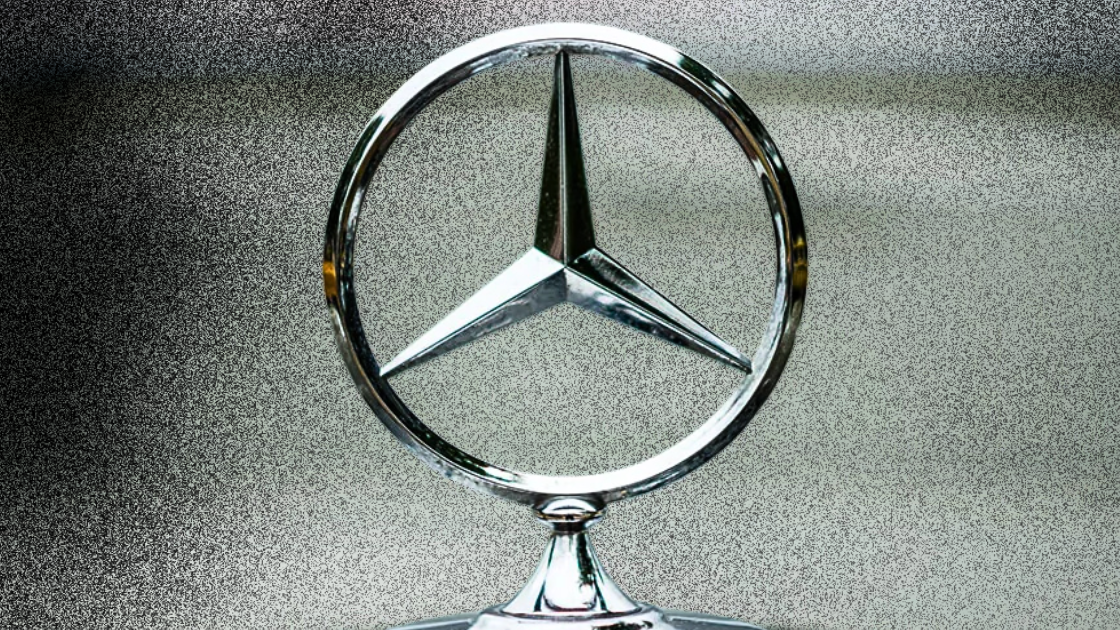Hey, everyone. A lot has changed in the automotive industry since 2020, it can feel impossible to boil it down to one core takeaway. But if you know me…I like to try to distill things down.
My take on what’s different for successful dealerships now vs. 2020? It’s all about diversification. I shared my take here… let me know what you think.
—CDG
First time reading the CDG Newsletter? Subscribe here.

The Current State of Hybrids
You already know how I feel about hybrids: bullish. And as manufacturers release first-quarter financials chock full of hybrid strategy, I’m more and more interested in understanding the future of hybrid vehicles.
The thinking? After many manufacturers over-indexed on their EV investments, hybrids are becoming an increasingly attractive bridge to get us from combustible engine models to what we expect to be a widely electrified future—think of them as transitional tech. And consumer adoption is heating up:
Registrations for hybrid vehicles reached 7.5% market share (1.2 million units) last year, slightly ahead of the EV market share and the highest-ever volume of hybrid registrations in the US.
So that’s the theory—hybrids are the missing piece to the electrification puzzle as EV sales growth slows. But does that theory hold up in practice? Today, I’m taking you on a little tour of the current state of hybrids so you can answer that question yourself.
Let’s start with the basics: Hybrids are attractive for a handful of key reasons.
Practically speaking, they aren’t as threatened by some of the major challenges that plague fully electric vehicles—range anxiety, weather-related grid impacts, and unattainable price (more on that last one in a second).
Most plug-in hybrids can function as fully electric for 20–40 miles at a time. Worth noting: Almost 80% of daily car trips in the US are less than 10 miles.
The cost is making more and more sense: 1) Plug-ins qualify for some of the same tax incentives as EVs 2) hybrids have been on the road since the Toyota Prius launched in Japan in 1997, meaning both the tech is mature and there are tons of relatively inexpensive used models for sale and 3) late last year, hybrids sold for an average of $42,500—compared to $60,500 for EVs and $47,500 for conventional models.
Those key reasons are a big part of why hybrid demand looks like this:
FYI: Hybrids accounted for 7.6% of all new vehicle sales in the US in 2023, up from about 3% in 2020. But the uptick in hybrid sales isn’t linear, either. It took Toyota 10 years to sell its first million Prius hybrids…and two years to reach its second million.
And that compounding demand contributes to manufacturer strategies. After all, the hard (and expensive) pivot to EVs taught OEMs that you can’t exactly lead a horse to water…or a driver to an electric model.
So to future-proof their product mixes while also protecting their bottom lines, many manufacturers are increasingly investing in a hybrid strategy—one that’s realistic about both a) driver preferences for high-performing models and b) emissions regulations.
Let’s roll the tape:
Ford just announced that its hybrid sales soared 60% last quarter, thanks in large part to the Maverick compact pickup and F-150 PowerBoost Hybrid (the latter of which set a new monthly sales record, up 93.6%).
Toyota reported a 59% jump in Q1 sales of electrified vehicles, almost all of which were hybrids—they accounted for about one-third of Toyota's sales last quarter. And? Toyota is debuting a hybrid version of the beloved 4Runner.
Hyundai lost EV market share in key regions last quarter…but its hybrid market share rose to 9.7%. Hyundai has targeted a 28% jump in global hybrid sales this year (which would amount to 480,000 units).
All of this seems promising for the future of hybrids, but I’m not in the business of unfounded optimism. There are some shortcomings with hybrids that OEMs (and, subsequently, dealers) will have to manage:
It’s expensive to repair and replace parts and tech on a model with two parallel drivetrains. Hybrids require the maintenance of both combustible models and EVs.
Hybrids cost around 7% more to insure than gas-only vehicles.
The CDG audience’s more skeptical takes…?



Big picture: The automotive industry has never been a limber one—we work on years-long timelines that require hundreds of thousands of workers to make a product that’s one of the most expensive things most people will ever buy. It’s not easy to turn the ship around.
So any investment, whether it’s in EVs or hybrids or something else, requires a leap of faith. I have reasons to believe that the hybrid bet is one worth taking, but only time will tell if that’s the case.

How do you run a dealership like a tech company? Easy, if you’re Jeremy Beaver, CEO of Del Grande Dealer Group (DGDG). Jeremy told me the secrets to selling 30K cars per year, the truth about how AI is failing us, the future of car tech companies like Carvana, and so much more. This one is the ultimate auto X tech primer. Listen here.
Checking in on Hyundai’s Amazon partnership…what’s the verdict? Andrew Wright, Managing Partner of VINart Dealerships, gave me the rundown on all things dealer relationships, from OEMs working with Amazon to the honest assessment of the dealer-automaker tie. Don’t miss this one.
Listen to the episodes here, and subscribe to the CDG Podcast on Apple, Spotify, or wherever else you get your podcasts. And thank you to Widewail, Cars Commerce, and Auto Hauler Exchange for making these episodes possible.
Are you still relying on auctions? We want to help you get out of this costly co-dependent relationship and start saving an avg. of +$2,700 per vehicle acquired with AccuTrade.
How? Tap into the stream of high-quality used cars that come through your service drive every single day. All you need to do is empower your team with a simple appraisal process that gives your customers instant, guaranteed offers.
Watch this demo to see how it works. Then, hear how the team at Germain Toyota has used it to avoid spending fees, shipping costs, and time at auctions for over 2 years. 🤯

Things are getting heated at Tesla. The company laid off another round of employees Monday, marking the fourth consecutive week of layoffs.
Tesla CEO Elon Musk said he planned to be “absolutely hardcore” about workforce reduction, and this is definitely hardcore: Tesla previously announced plans to cut just north of 10% of its global team. But Musk has reportedly pushed to lay off some 20% of Tesla’s workforce. Why? He thought that was the right amount to match Tesla’s sales decline between the Q4 and Q1.
From what this CDG follower told me, things are looking pretty rough for T dealers, too…

What do you think comes next for Tesla? More layoffs? Another corporate turnaround strategy? Curious to hear your thoughts. Hit reply and tell me what you think.

We’ve got tons of great jobs hitting the CDG Job Board right now. Here are some standouts for anyone looking for their next move.
Two great dealership roles for you today, courtesy of Tom Whiteside Chrysler Dodge Jeep Ram in Sterling, OH: sales representative and FCA technician.
If you’re interested in a role combining software with dealership know-how, Foureyes is looking for a content manager.
And two more dealership roles for good measure. Jack Daniels Audi in Paramus, NJ, is seeking an Audi brand specialist and a used car manager.
Looking to hire? Add your roles today—it’s 100% free.

Bit of strategy reversal here: Cadillac will most likely not have an exclusively all-electric portfolio of vehicles by the end of the decade.
The latest inflation data is in, and car insurance prices rose 2.6% monthly and 22% annually in March.
After notching annual growth for 20 consecutive months, volume for US light vehicles finally slowed in April.
Former Volvo Chief Operating Officer Javier Varela has joined Rivian as its new COO.
Ford is bringing new AI tools to its franchised dealer “Ford University” training.
Thanks for reading. Did you catch my most recent episode of the Car Dealership Guy Market Update, brought to you by Edmunds? Catch up here. It’s everything you need to be informed and insightful about the auto market.
See you next week.
—Car Dealership Guy
Did you like this edition of the newsletter?
Want to advertise with CDG? Click here.
Want to be considered as a guest on the CDG podcast? Right this way.
Want to pitch a story for the newsletter? Share it here.











